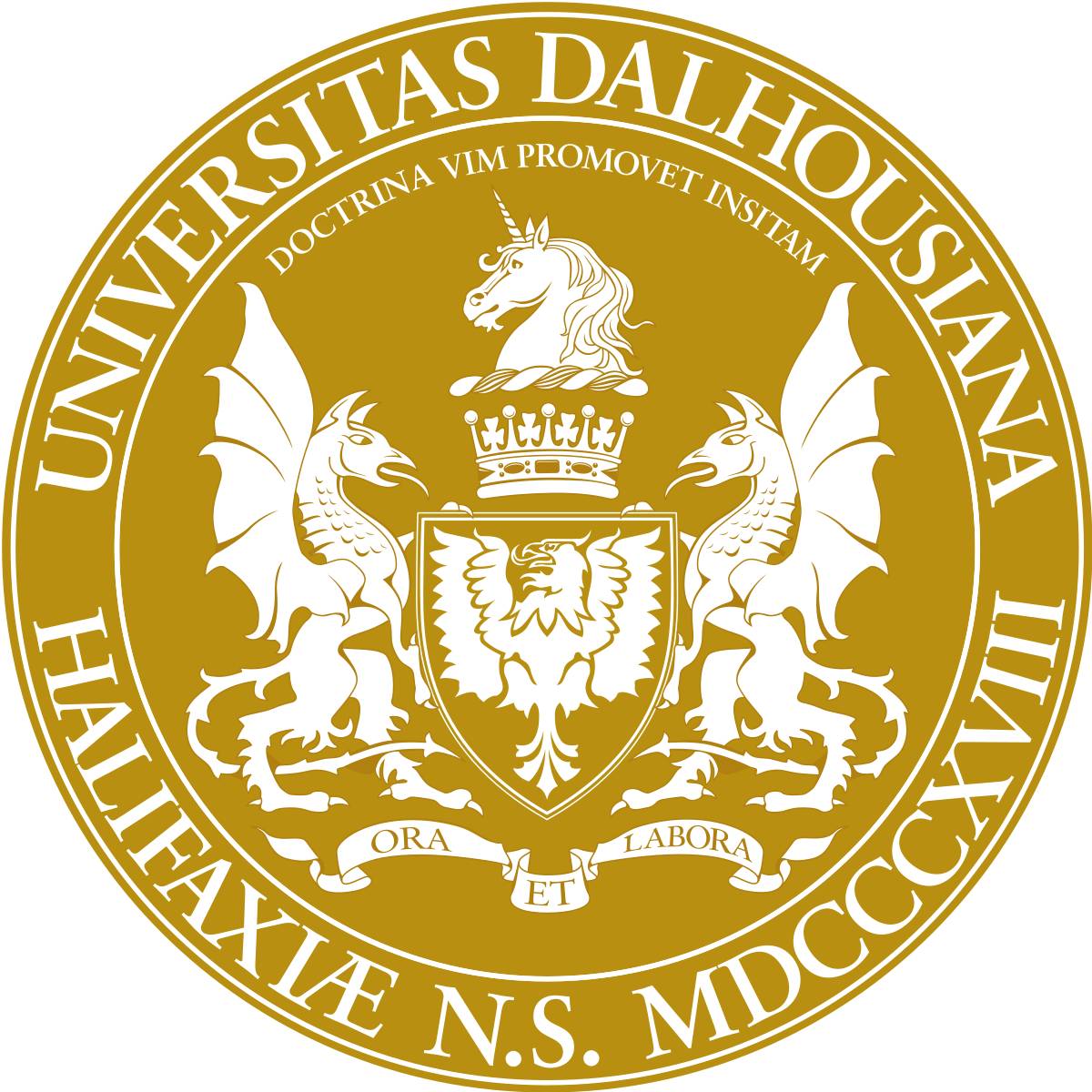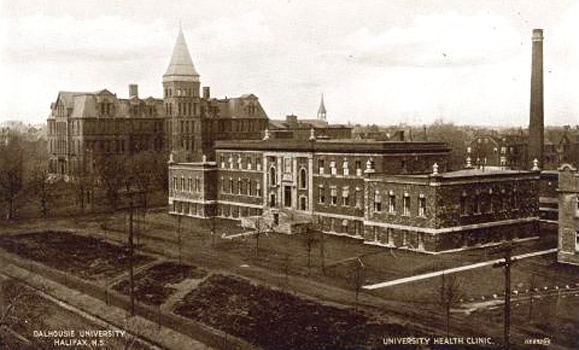Our history by era
Origins
Dalhousie is named for George Ramsay, the ninth Earl of Dalhousie and Nova Scotia Lieutenant-Governor in the early 19th century. He wanted to establish a Halifax college open to all, regardless of class or creed, at a time when most universities were organized based on religious denominations. He envisioned his college in the model of the University of Edinburgh, near his Scottish home.
The spoils of war helped fulfill his dream. During the War of 1812, Castine, a small port in Maine, was being used as a base by American privateers who harassed ships along the Eastern Seaboard. Britain sent a Royal Navy force from Halifax to capture Castine and turn it into a customs port of entry. When the war ended, the navy returned to Halifax with the money it had collected as customs duties. Lord Dalhousie invested 7,000 pounds of this treasure as an endowment for the college and put aside 3,000 pounds for its construction.
In 2016, Dalhousie University commissioned a scholarly report to explore the entanglements between Lord Dalhousie and the institutions of slavery and racism. Among its findings were that some of the customs duties collected from Castine were generated by West Indies traders dealing in slave-produced commodities.
Early struggles
After the college was founded in 1818, Lord Dalhousie was appointed Governor General of Canada and left Halifax. In its early years, the institution faltered. The first instruction was not offered until 1838. Its operation was only intermittent, and degrees were not awarded for some time.
Nearly 50 years after its beginning, the college was reorganized. In 1863, Dalhousie opened with six professors and one tutor. In 1866, Dalhousie awarded its first two Bachelor of Arts degrees to Joseph Henry Chase and Robert Shaw. The student body that year consisted of 28 students working for degrees and 28 occasional students. Margaret Florence Newcombe was the first woman to graduate, with a BA in 1885, and the first black law graduate, James Robinson Johnston, graduated in 1896.
Money continued to be a problem for the new institution. In 1879, it looked as though the university might fail until George Munro, a wealthy New York publisher with Nova Scotia roots, started donating to the university. Over the years, he contributed five endowed professorships and about $83,000 in bursaries and exhibitions — in today’s currency, an amount worth more than $15 million. For saving the university from closure, a special university holiday, George Munro Day, is observed the first Friday in February. And in the nearly 150 years since Munro gave his first gift, a tradition of generosity, from donors large and small, has helped create the thriving university of today.
Making moves
The original site of the college was on the Grand Parade, in downtown Halifax where the City Hall stands today. In 1886, the university moved to the Forrest Building on what is now the Carleton campus and spread gradually to occupy Studley Campus.
In the 20th century, Dalhousie grew steadily and as the new millennium approached its important role in Nova Scotia expanded even further. On April 1, 1997, Dalhousie amalgamated with the Technical University of Nova Scotia (TUNS), another Halifax-based university, strengthening the university's ability to explore new applied technologies. This included a newly created Faculty of Computer Science. The name of the amalgamated institution continued as Dalhousie University. Fifteen years later, Dalhousie amalgamated with another prominent Nova Scotia institution: the Nova Scotia Agricultural College (NSAC) in Truro, which became the Faculty of Agriculture and whose faculty, staff and nearly 1,000 students were welcomed into the Dalhousie family.
The modern era
Dalhousie continues to grow. In recent years, new buildings and facilities have changed the landscape of our campuses. Projects like the Collaborative Health Education Building, the Mona Campbell Building, the Emera IDEA Building and the Richard Murray Design Building provide spaces for collaboration and innovation, and reflect our commitment to sustainable building practices.
Logo and seal
Our logo
Dalhousie has used the eagle and shield, taken from the university’s seal, as the basis for our logo since 1987.
Our official colours
Dalhousie’s primary colours are black and gold, based on the jerseys originally worn by the university's rugby team.
Our historical motto
"Ora et Labora" ("Pray and Work").
The Dalhousie seal
The Dalhousie seal is based on the heraldic achievement — commonly called “Coat of Arms” — of the Ramsay family of Scotland. The Rt. Hon. George Ramsay, Lieutenant-Governor of Nova Scotia, founded Dalhousie University in 1818. Though the Ramsay seal features a griffon (half lion, half dragon) and greyhound, the Dalhousie seal instead has two dragons supporting the eagle-adorned shield. In 1950, the Dalhousie Board of Governors changed the colour of the shield from silver to gold to better match the university’s colours. The seal is displayed at convocation and can be seen engraved on the lobby floor in the Henry Hicks Academic and Administration Building.


